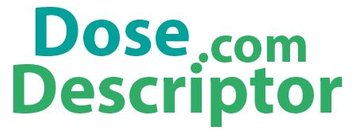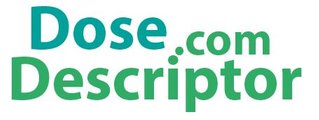All tools
Toxicological hazard assessment tools
CLP / EU harmonised classification
I used to think that this was mostly a labeling issue. Yet the information here has been curated by the EU.
Danish QSAR Database: https://qsar.food.dtu.dk/
An excellent tool for getting an overview of the potential toxicity of organic substances
IARC: https://monographs.iarc.who.int/list-of-classifications/
This is the direct link to the site where you can just enter the CAS number or name to assess if there is an IARC classification REMEMBER TO SEARCH WITH THE CAS Number, (e.g. naphtalene only came up with its CAS number)
IARC are experts gone through the literature on certain compounds that they suspect are carcinogens. IARC is a highly estimated tool and a starting point for you when doing hazard assessment. (By the way, there are also classifications by cancer site....)
How does IARC place the substances into the categories:
Graph Pad Prism: Possibly the best statistics program and graph making tool out there (or possibly the only tool I know and therefore like)
ICRP Publication 66
In lung toxicity we often use the curves describing the deposition of certain fractions in the anatomical parts of the airways
Occupational work accidents (numbers from Denmark)
Arbejdsmarkedets Erhverssikring provides numbers on the reported injuries as well as those that were eligible for imbursement
Likewise the Danish work authorities provide numbers:
PubMed: The free and comprehensive database run by National Library of Medicine in the USA. This is my starting point for searching the scientific literature.
Danish EPA advisory list for self classification of chemical substances.
based on QSAR
ECHA R8 guideline - the guideline I always return to for hazard assessment
The description is here:
And a link to the actual file is here:
The Danish Work Authorities list of occupational exposure limits (grænseværdier):
Hierarchy of Controls
To protect workers, it is crucial to limit their exposure to chemical substances. The hierarchy of controls describes the activities that can be used to limit the exposure . Five tiers of activities to lessen or eliminate dangers make up the hierarchy of controls:
- Elimination
- Substitution
- Engineering controls
- Administrative controls
- Personal protective equipment (PPE)
Read more in:
CompTox
The batch search function is wonderful for converting CAS numbers to SMILES codes and to get an overview of the toxicity of many substances in batch
QsarDB
Has a list of endpoints for which QSAR models have been developed. E.g. for neutrotoxicity or blood-brain barrier penetration
TSCA Chemical Substance Inventory
The Toxic Substances Control Act (TSCA)Chemical Substance Inventory contains all existing chemical substances manufactured, processed, or imported in the United States that do not qualify for an exemption or exclusion under TSCA
GHS classification
Here is an overview of H sentences and hazard statements
ToxSTAR
Site from Korean Institute of Technology. ToxSTAR combines in vitro, in vivo, and in silico data to predict drug-induced liver injury (DILI)
TTC
Threshold of toxicological concern is a decision tool. Using this tool one assumes there is a relation between the structure of a chemical and its toxicity. The approach was put forward by Munro et al. (1996). There is an interesting article in RTP from 2020 that compares TTC values to oral reference dose (RfD) values, and finds thatprovisional oral toxicity values may be estimated by the TTC approach when there is a lack of data (Pham et al. RTP 2020,
doi.org/10.1016/j.yrtph.2020.104651)
Reference Man
An article by Lyengar providing information on the elemental content of humans. I am currently exploring the usefulness of the data as 1998 is some time ago and there are usually new data since then for example for boron, silver and other elements that we recently reviewed see link to articles in the menu above.
Burden of disease
Overview published in Lancet on the global burden of disease of many diseases
Small talk - something nanotoxicologists are good at

